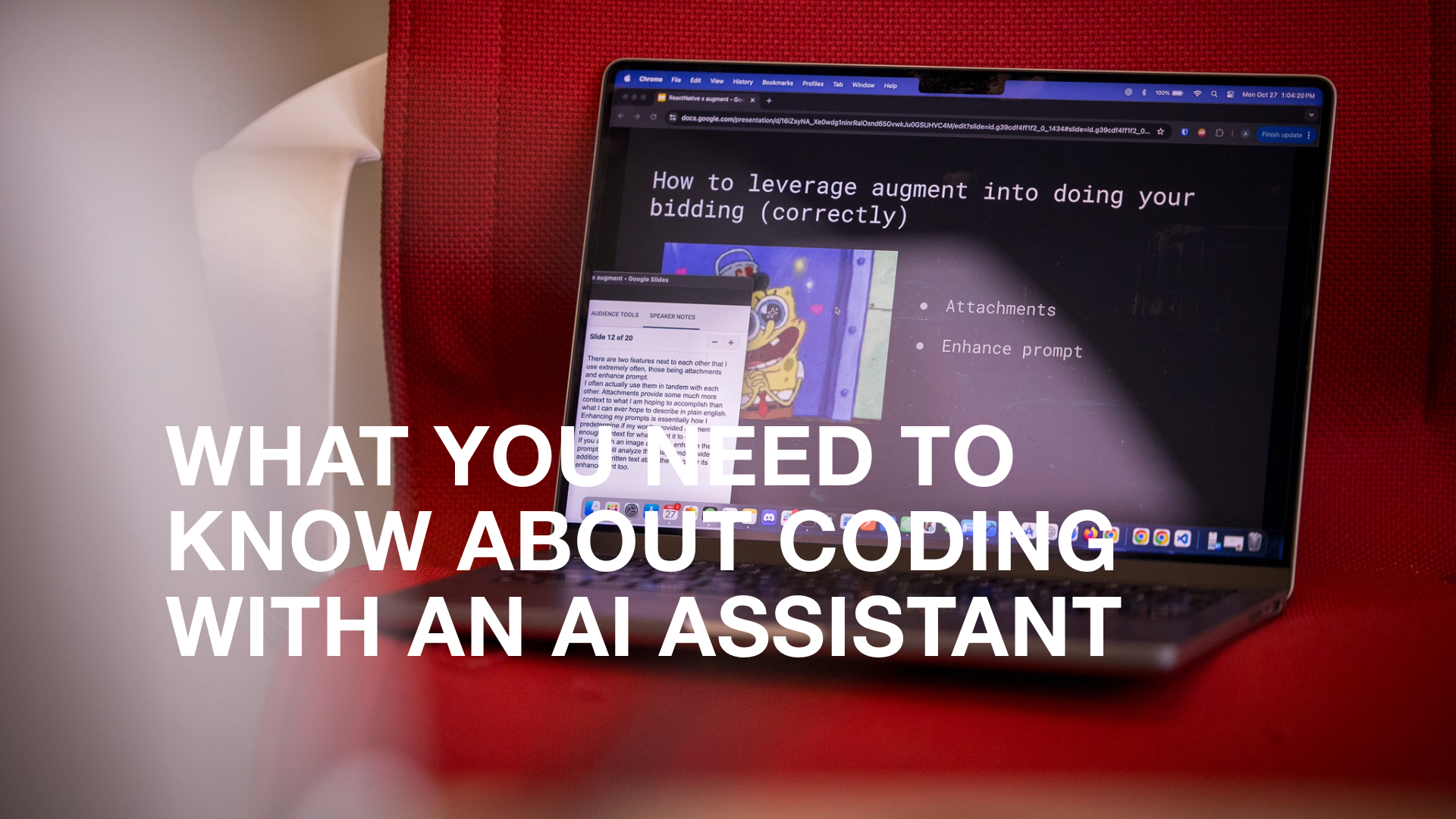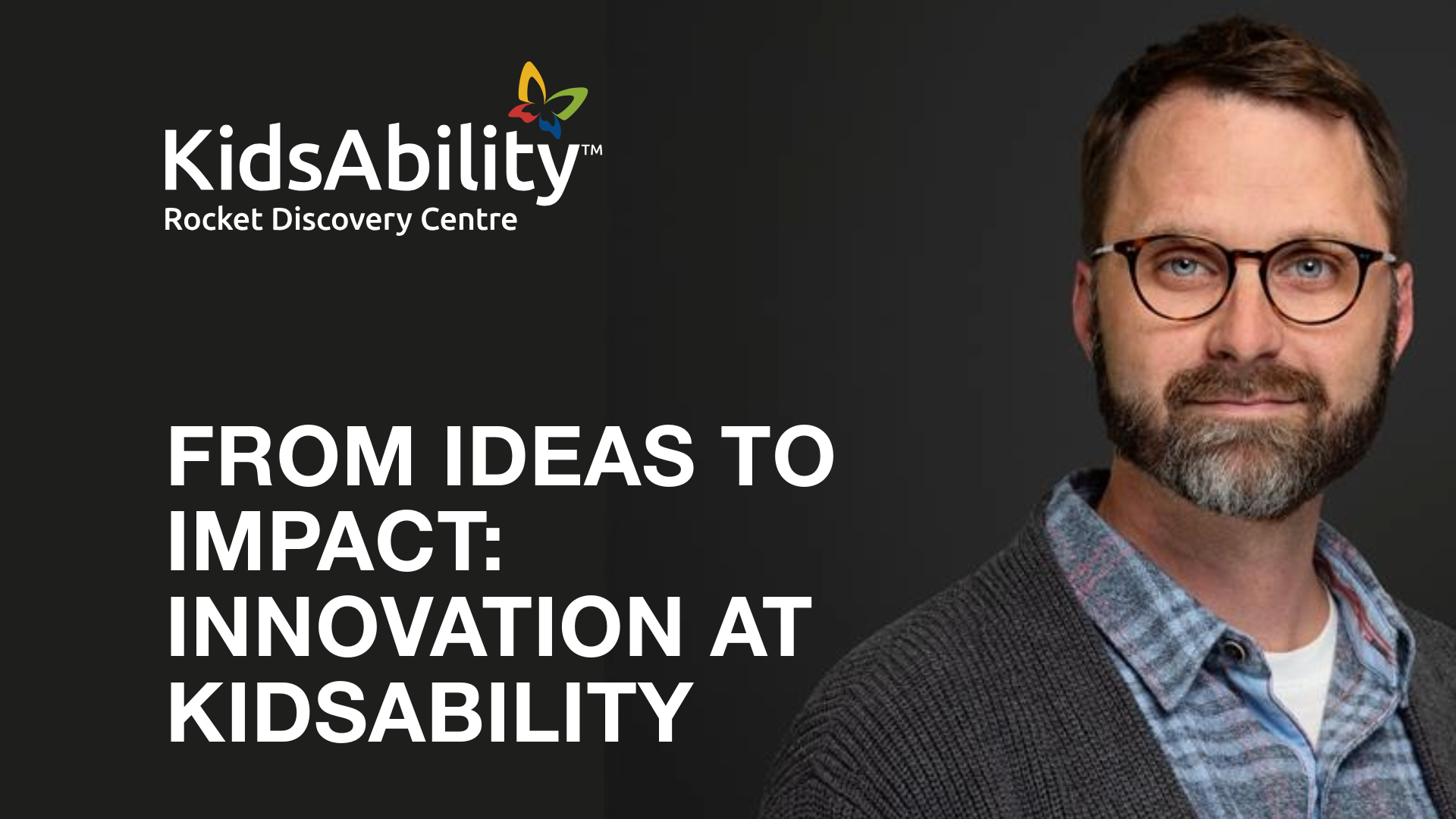We don’t search for answers on the internet, we Google for them. Whether it’s researching biogas systems for a dairy farm or looking for recommendations for a new accounting system, we rely on the tech giant’s search engine to show us the way.
But, like everything in tech, the way we search is already changing thanks to the advent of generative artificial intelligence (AI) and other large language model-powered (LLM) tools. Try searching for an answer using Google search, and you’ll see Google Gemini’s summary before the usual first page of links.
The number of daily Google searches still eclipses those on ChatGPT (13 billion vs. one billion), but ChatGPT reached that one billion daily search milestone 5.5 times faster than Google. Businesses must reassess their content strategies to position themselves for success in the era of AI-driven search.
How does generative AI impact how we search?
Think of a large-language model (LLM) as the world’s most powerful autocomplete. These tools have been built by feeding them billions of public (and sometimes not public) webpages, books, and documents. These tools than learn to predict the next best word in any sentence.
Feed it a question—“When does strawberry season start in Ontario?”—and it strings together a fresh answer drawn from patterns it has seen and content available on the internet.
Because LLMs return complete paragraphs-with-citations right inside Google’s AI Overviews, Bing Copilot, or ChatGPT, the old goal of “ranking #1” and traditional SEO isn’t enough. Small businesses need to focus on creating content for SEO and Answer Engine Optimization (AEO)
SEO still matters, but now you’re writing for both humans and the conversational bots that talk to them.
Search becomes a conversation
The classic “ten blue links” are giving way to AI-generated paragraphs that answer users’ questions directly inside Google’s AI Overviews, Bing Copilot and ChatGPT. Instead of clicking through to compare pages, people now skim the model’s summary, ask a follow-up question, and then maybe click one of the cited sources.

This means your goal is no longer to rank first. It’s to be the trusted sentence the model quotes.
What surfaces content in these conversational results?
- Freshness: AI Overviews favour pages that are reviewed and updated regularly. “Set-and-forget” posts slip out of view within weeks.
- Clarity: The model looks for bite-sized answers high on the page—think a 40-word definition, headings that mirror real questions, and clean lists that can be lifted verbatim.
- Structured data: This is the content that isn’t seen by users that labels sections of your page. For instance, if you wrap a question and its answer in an FAQ block, you’re telling Google and LLMs, “This is the official answer—quote me on it.” Those labels make it easy for the AI to pull the right snippet and credit you.
- Authority: Pages that demonstrate firsthand experience, cite reputable sources and name real authors satisfy Google’s Experience, Expertise, Authoritativeness, and Trustworthiness (EEAT) quality-rater guidelines, are more likely to meet the confidence threshold an LLM needs before quoting you.
Why all your content is important for AI search
Large-language models no longer stop at text. Google’s new AI Mode can interpret screenshots, charts, and even rough sketches you drop into the search box, then weave those visuals into its answer.
OpenAI’s ChatGPT performs the same trick across text, images, and audio in real-time. That means every diagram, photo carousel, or short clip you publish is now potential training fuel for the bots.
So treat each piece of content as a starter culture you can ferment into multiple flavours:
- Repurpose: A how-to blog post can spawn an infographic, a 30-second voice-over reel, and an FAQ block the models love to quote.
- Label: Add descriptive alt-text, captions, and transcripts so AIs can “see” what’s in the image or video.
- Refresh: Google’s guidance warns that stale pages slide out of AI results quickly. Schedule a quarterly pass to update stats, links, and examples.
When your words, visuals, and audio all carry the same up-to-date story, you give AI models more reasons to surface your business in the answer box.
Three-step plan to get your content AI-ready
Audit and ask
- List your top-20 traffic pages and top-10 customer questions.
- Ask AI tools like ChatGPT or Microsoft Copilot each question and note whether your site is cited.
Label and structure
- Wrap at least three evergreen answers in an FAQ block (or a no-code schema plugin).
- Add descriptive alt-text to the last 15 images you published.
Refresh and repeat
- Update any post older than 12 months with new stats, links, or examples.
- Repeat step 1 and see how your content performs.
Stick to the checklist and you’ll have clearer answers, cleaner markup, and a better sense of how your content is performing.
Why people still matter in the age of AI
People buy from people.
Those words are even more important today than ever. You’ve built your business on your people and the trust customers put in them. Optimizing your content for AI doesn’t mean you’re only writing for bots. Write for your audience, provide value, and structure your content right, and you’ll continue to rank #1 where it matters—with your customers.




